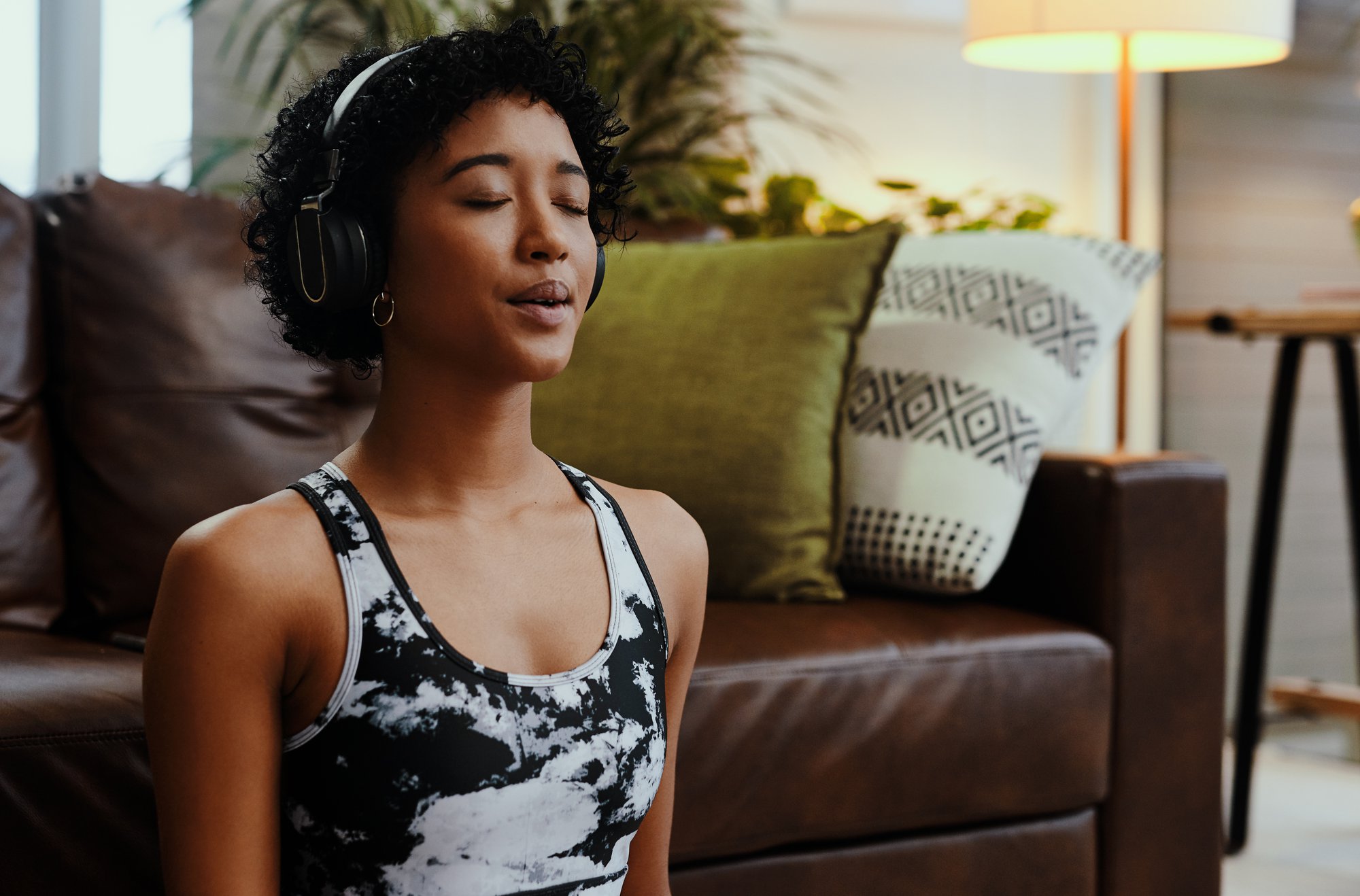5 Breathing Exercises for Stress and Anxiety Relief

Breathing is something that we often take for granted. We do it all day, everyday, usually without ever stopping to think about it. But even though we don’t need to be conscious of our every breath to live, there is good reason to pay closer attention to how you inhale and exhale — your stress levels!
Deep breathing and stress
When we’re stressed, our sympathetic nervous system kicks into fight-or-flight mode, sending our heart pumping and disrupting our normal breathing pattern. Our breath becomes quick, shallow, and labored. While this response may be helpful in the face of imminent danger, prolonged stress can wreak havoc on our physical and mental health.
Fortunately, deep breathing and breath control can combat this. When you make a conscious effort to slow your breath, you send a signal to your brain that all is well. In doing so, the sympathetic nervous system shuts down and the parasympathetic system — known as the rest-and-digest system— kicks in, easing all those physical responses and inviting a sense of relaxation and calm.
Breathing exercises
Practicing breathwork can help ease feelings of stress, tension and anxiety, as well as root your mind in the present. If you’re feeling stressed or recognize triggers, try adding one of these breathing exercises into your day. Even just a few minutes can make a big difference.
1. Box breathing
Prior to beginning, sit with your back in a comfortable chair, with your feet planted firmly on the floor. Close your eyes. Begin by slowly exhaling all of your air out. Gently inhale for four counts through your nose, hold for four counts, and exhale four counts through your mouth. Wait for four counts and repeat.
2. 4-7-8 breathing
Sit or lie down in a comfortable position. Let your lips part. Make a whooshing sound, exhaling completely through your mouth. Close your lips, inhaling silently through your nose as you count to four in your head. Then, for seven seconds, hold your breath. Make another whooshing exhale from your mouth for eight seconds and repeat.
3. Pursed lip breathing
While this particular technique can be practiced anytime, it’s particularly effective when you’re focused and relaxed. To begin, inhale through your nose for at least two seconds, feeling the air move into your abdomen. Try to fill your abdomen with air instead of just your lungs. Purse your lips like you’re blowing on hot food or whistling and exhale slowly for four seconds. Repeat for 3 to 4 breaths. Remember to stop immediately if you begin to feel light-headed or dizzy.
4. Diaphragmatic breathing
While this technique can be practiced while standing or sitting, laying down seems to help most people do it correctly. Place one hand on your chest and one hand on your belly. Breathe in through your nose for about two seconds, feeling your stomach expand. The hand on your chest should barely move at all. Purse your lips (as if you’re about to drink through a straw), press gently on your stomach, and exhale slowly for about two seconds. Again, the hand on your chest should barely move. Repeat.
5. Alternate nostril breathing
Exhale completely and then use your right thumb to close your right nostril. Inhale through your left nostril and then close the left nostril with your fingers. Open the right nostril and exhale through this side. Inhale through the right nostril and then close this nostril. Open the left nostril and exhale through the left side.This is one cycle. Repeat.
For more breathing exercises and help managing stress, reach out to your primary care provider.
The One Medical blog is published by One Medical, a national, modern primary care practice pairing 24/7 virtual care services with inviting and convenient in-person care at over 100 locations across the U.S. One Medical is on a mission to transform health care for all through a human-centered, technology-powered approach to caring for people at every stage of life.
Any general advice posted on our blog, website, or app is for informational purposes only and is not intended to replace or substitute for any medical or other advice. 1Life Healthcare, Inc. and the One Medical entities make no representations or warranties and expressly disclaim any and all liability concerning any treatment, action by, or effect on any person following the general information offered or provided within or through the blog, website, or app. If you have specific concerns or a situation arises in which you require medical advice, you should consult with an appropriately trained and qualified medical services provider.
